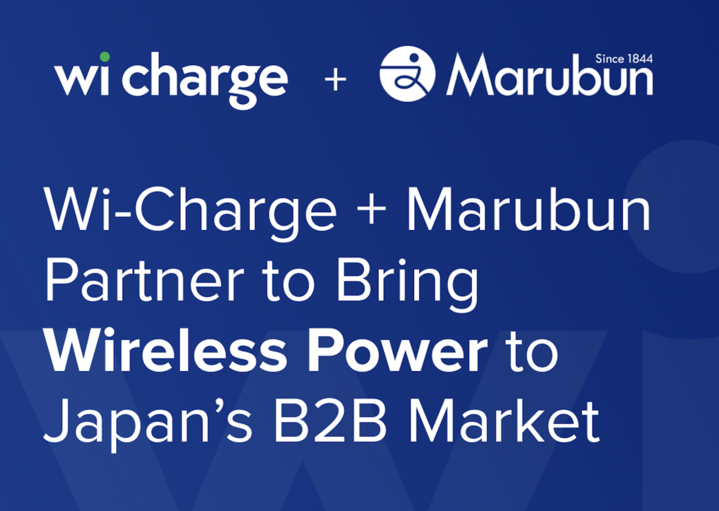WIRELESS POWER IS REDUCING THE COST OF LABOR IN RETAIL
- ori2320
- Jul 1, 2022
- 3 min read
Updated: Feb 5, 2023
As is already evident, automation is the way of the future not just for manufacturing facilities and warehouses, but also for retail stores. And with it comes the reduction of labor costs and daily menial tasks. Automation in retail frees up labor for the sales floor, while sensors take care of all the rest from engagement and data to shelf status.

Automation is a relatively new yet inevitable and vital part of business these days. From product manufacturers and warehouses to production lines and public spaces - automated sensors and robots are taking over the menial tasks that tend to break the human back and spirit. And this technology is now taking over supermarkets and retail. With wireless power, any business regardless of location and available outlets, can use the latest in shelf automation, pricing, and data analytics.
Let’s take a closer look into how wireless power is reducing the cost of labor in retail.
How wireless power reduces the cost of labor
Digital price tags
To price products is time consuming, to say the least. An employee or several employees, depending on the size of the store, must walk up and down isles to make sure prices are up to date. A single large supermarket hosts more than 100,000 different products and a single product can have more than one price label. Recently, stores in the US have started adopting digital price tags which have already been widely used and proven to greatly reduce labor costs in Europe.
However these electric price tags come with a price. They are equipped with small batteries that are limited to roughly one price update per day (ie. no happy hour, end of day pricing, or flash promotions). And when the batteries die, they end up needing a massive battery replacement or are simply thrown out. The number of dead batteries can top 100 million per year for every 10,000 stores.
With wireless power, keeping price tags up to date is easier than ever. Not only can price tags be updated easily multiple times per day, but they can be synced with data analytics and other information. Best of all, unlike battery operated price tags that end up in landfills when they die, wireless power is sustainable.
Automating shelf availability
While wireless price tags are available without wireless power - ie. battery powered - they are limited in power to remaining pretty basic e-ink displays. Meaning, they can’t be used for sensing or other data intensive purposes which require more power.
This is why wireless powered signage and shelf-edge devices are so important, especially for businesses and locations where it may be difficult or impossible to run wires. Wireless powered devices can easily be equipped with sensors that let managers know when shelves are nearing empty without worrying about dying batteries.
Data analytics
Product manufacturers, store owners, and advertisers are always looking for ways to gain insight into customer behaviors. Digital retail media has been increasingly effective at learning consumer trends online and using that info to boost sales. But this data has been most restricted to online shopping.
With wireless power, data analytics can be collected and used in stores like it is used online. And it can be collected wherever products are displayed in stores, not just at the cash register. These insights will advantage those companies that have been looking for ways to understand in store shopping trends.
Wi-Spot: The ultimate wireless powered digital signage
Wi-Spot is the world’s only fully wireless powered digital display. A Wi-Charge turnkey product, it offers all the perks of a retail product designed and produced by The Wireless Power Company. Using Wi-Charge's AirCord technology, the Wi-Spot is an invaluable tool for retailers of all kinds. Whether it's displaying product information, promotions, or advertising at the point of purchase, the Wi-Spot can do it all.
At Wi-Charge, we make smart devices even smart so that you can focus on what matters. Learn more about Wi-Spot and upgrade your business today by visiting our Wi-Spot page.





Comments